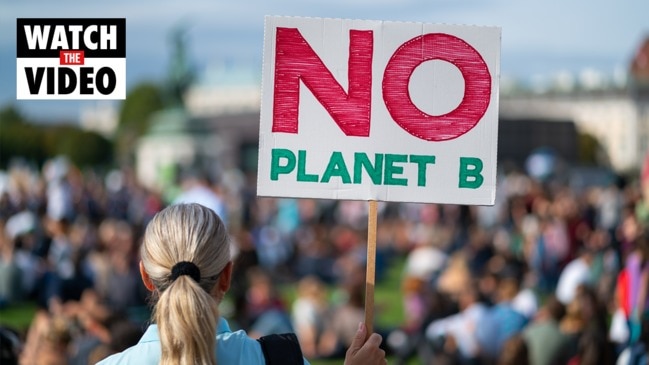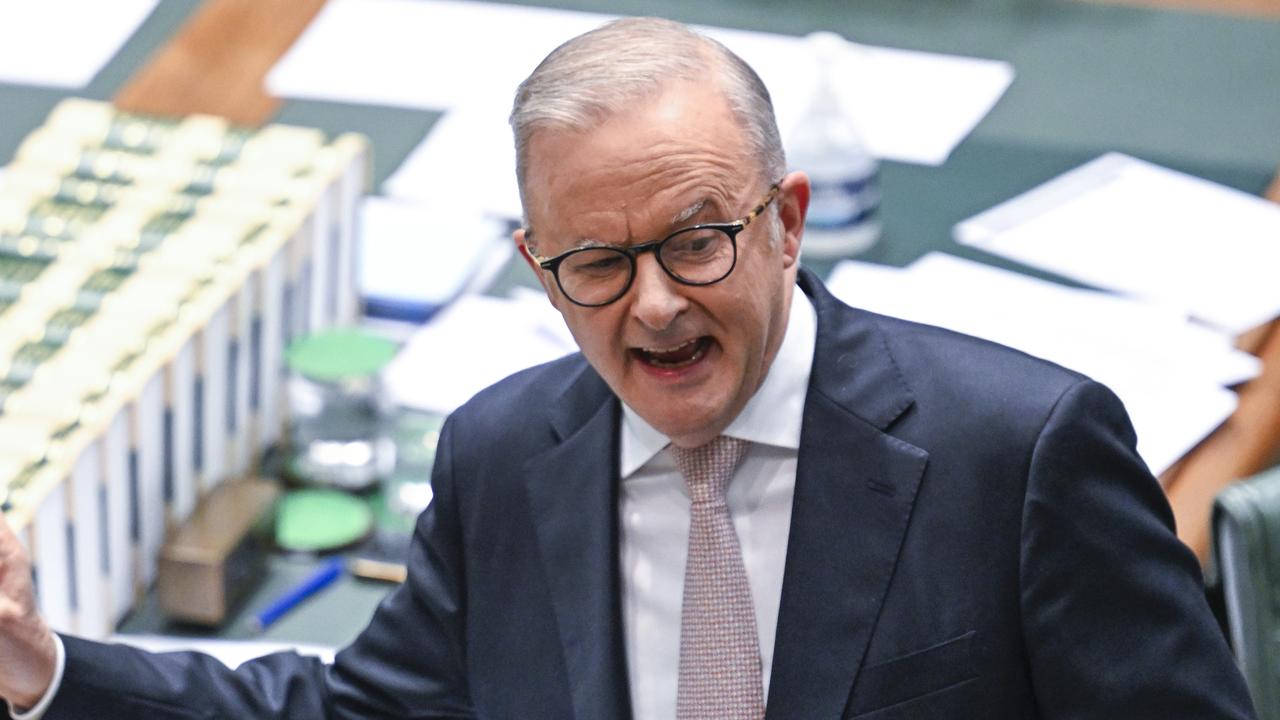Why Australia’s emissions have dropped
The latest accounts of Australia’s greenhouse gas emissions have revealed we’re cutting deeper than ever. Here’s why.

Climate Change
Don't miss out on the headlines from Climate Change. Followed categories will be added to My News.
Australia’s greenhouse gas emissions have dropped to their lowest level in 20 years – a decline attributable to both the Covid-19 downturn and our world-beating uptake of clean energy.
Figures from the National Greenhouse Gas Inventory show Australia’s emissions were 499 million tonnes in 2020 – a 5 per cent fall from 2019 levels and 20 per cent below where they were in 2005.
The result is welcome news for the government, which has consistently reiterated the importance of actual cuts rather than lofty goals as it faces growing international and domestic pressure to set tougher targets.
Under the Paris Agreement, Australia has promised to slash its emissions by 26-28 per cent by the year 2030. The government’s position is to reach net zero emissions as soon as possible, preferably by 2050.
Energy Minister Angus Taylor revealed emissions from the electricity sector declined 4.9 per cent in 2019 – a drop he said was “driven by Australia’s world-leading deployment of solar and wind”.
“Since 2017, Australia has invested over $35 billion in renewables and in 2020 deployed new wind and solar PV [photovoltaics] at eight and a half times the global per capita average,” he said.

Emissions from the transport sector were down 12 per cent in 2020, a figure that does not include the reduction in activity around international aviation, as that sector’s contribution to greenhouse gas tallies is calculated separately from all national totals.
Domestic transport emissions did swing back up in the final quarter of 2020, but Mr Taylor said that increase was more than offset by cuts in other industry sectors.
The International Energy Agency recently estimated global emissions dropped by around 6 per cent during 2020 as a result of Covid-19, but found December emissions were up 2 per cent on December 2019 as life started to return to normal.
Some commentators have suggested Covid-19-related emissions cuts could be completely nullified by the economic boom expected to come as the world recovers from the pandemic.
But Mr Taylor suggested this was not necessarily the case, pointing out Australia’s emissions in the final quarter of 2020 dropped 0.6 per cent (seasonally adjusted) while the economy grew by 3.1 per cent.

There was a stern rebuke for the federal government from the Climate Council, which accused the Morrison administration of “(trying) to take credit for emissions reductions it has made zero contribution to”.
“Electricity emissions declined due to state efforts to scale up renewable energy, while transport emissions decreased largely due to Covid restrictions. The Federal Government played no role in this,” senior researcher Tim Baxter said.
“To avoid catastrophic consequences of climate change, the world and Australia need to dramatically reduce emissions by the end of this decade. Other countries are stepping up, but we are nowhere to be seen. Australia is like a toddler on a tricycle trying to compete in the Tour de France and demanding to wear the yellow jersey,” he said.
More Coverage
Originally published as Why Australia’s emissions have dropped




